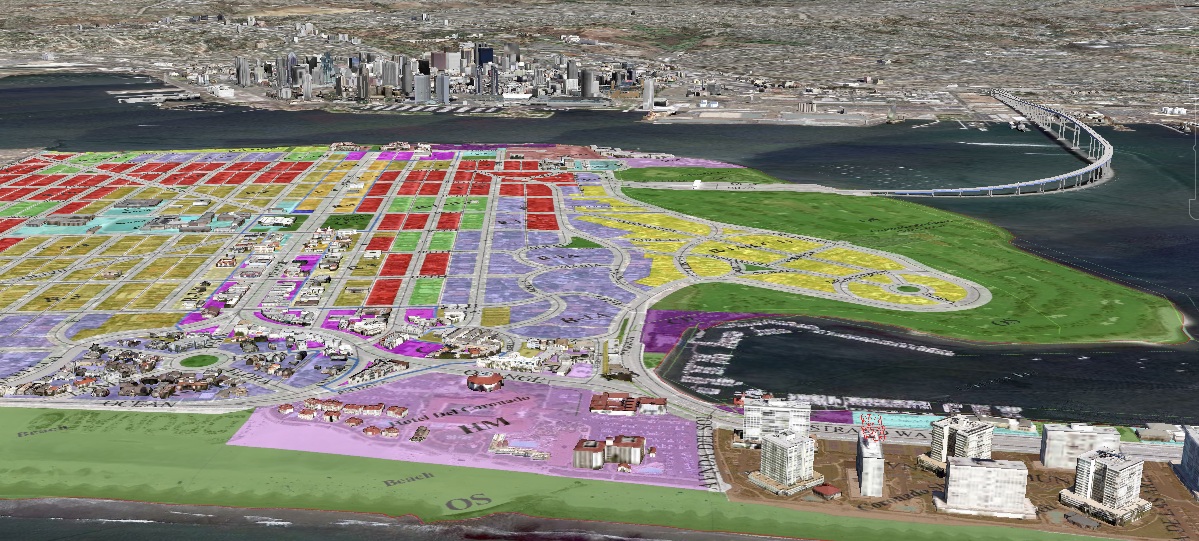Is a sublease right for your company?
By David Marino
What is a Sublease?
Subleases are suites in a building, or an entire building, that a company has leased and no longer needs. The company leasing the space might have been acquired and the business operations reduced, in which case the acquiring company is seeking to sublease some or all of the space. More often, a company has downsized its headcount and now finds itself with excess space, and puts it on the market for sublease.
The business owner of the company looking to sublease is generally very motivated to cut his losses, and puts the space on the market at a discount. However, when you sublease space, it is generally subleased “as is” without any tenant improvement remodel funds, and you are restricted to the length of term remaining on the tenant’s lease (the “Master Lease”). That length of term might be less than two years, which often makes short-term subleases unleaseable, as companies are not willing to move their business in for just an eight or 16-month sublease term.
Where are the Subleases?
The combined amount of office, flex, industrial and retail sublease space on the market is frothy, with 5.9 million square feet of aggregate sublease space in San Diego County, which is down from 7 million square feet in first quarter 2010. There are subleases in every submarket in San Diego County, with UTC, Del Mar Heights and Carlsbad having the most aggregate office space for sublease.
However, often the options aren’t as good as they seem.In Del Mar Heights, 46 percent of the sublease space is one single sublease from HP (the former Peregrine Systems HQ) of 104,450 square feet. In UTC, Amylin Corp. is trying to sublease a total of 146,000 square feet in five different locations, which accounts for 41 percent of all of the sublease space on the market in UTC. Amylin’s subleases aren’t for everyone, as they are relatively overpriced and mostly a mix of lab and office space. Today’s subleases in San Diego County are “catch as catch can” as they are not evenly distributed between submarkets and product types, and some size ranges have very limited supply as the below exhibit shows.
Numbers of Subleases in San Diego County by Square Footage Range
Total sf < 5,000 sf 5k – 10k sf 10k – 20k sf 20k – 40k sf > 40k sf
Office 1,629,600 110 30 25 9 3
Flex (Lab/R&D) 1,040,452 15 10 7 10 6
Industrial/Warehouse 2,510,374 13 16 9 6 19
While there is nothing but opportunity for smaller office suites, the options fall off as the size of requirement grows. However, with industrial space, there are actually more large manufacturing and warehouse spaces on the market than there are medium sized ones.
Sublease Pitfalls, and How to Take Advantage of Subleases
I often have a client ask me to go get them a cheap sublease. While most business owners have come to learn that subleases can be had for 20 percent to 30 percent less than the same space if it was leased directly from the landlord, there are numerous pitfalls around subleasing that don’t make them right for everyone. Not only that, as the market has softened over the last three years, landlords have come to the table to offer leases that are often more compelling than a sublease, when the value of all concessions is considered. Landlords are willing to offer substantial tenant improvement allowances to remodel space, while subleases are generally in “as is” condition. We can often get landlords to contribute cash towards a tenant’s costs of moving, cabling and telecommunications systems. Landlords can also offer flexible lengths of leases, and signage and expansion rights, while subleases are generally for a fixed term, and the rights under the Master Lease generally don’t extend to any subtenants.
A major consideration in any sublease is the credit of the tenant under the Master Lease — the tenant you are going to sublease from. Once you enter into a sublease, if the tenant above you were to go into default under the Master Lease, whereby the Master Lease is in default and becomes terminated, then your sublease gets wiped out entirely, since it’s a subordinate agreement to the Master Lease. While there is a novel way to structure around such a risk, called a Non-Disturbance, Subordination and Attornment agreement that protects your sublease terms and conditions in the event of the Master Lease’s termination, they are very hard to get from landlords as the conditions of the sublease generally are so divergent from the Master Lease,—,maybe one out of 10 sublease situations get this protection.
Thus, a comprehensive risk evaluation around the tenant’s credit is a driver on a successful sublease. The reason many companies are subleasing is that they are often having business problems to start with, so the review of the tenant’s business prospects and financial statements is a key step in the due diligence process.
Notwithstanding the risks, some of the best deals in today’s commercial real estate market are in subleasing space, but knowing where they are and how to protect the subtenant are the keys to success.
David Marino is principal of Irving Hughes Inc., 655 West Broadway, Suite 1650, in Downtown San Diego. The phone is (619) 238-5672; e-mail: david@irvinghughes.com; Web: irvinghughes.com.

